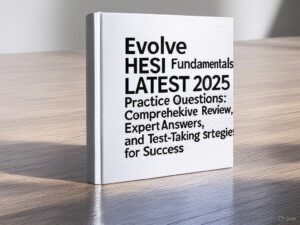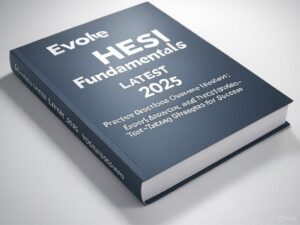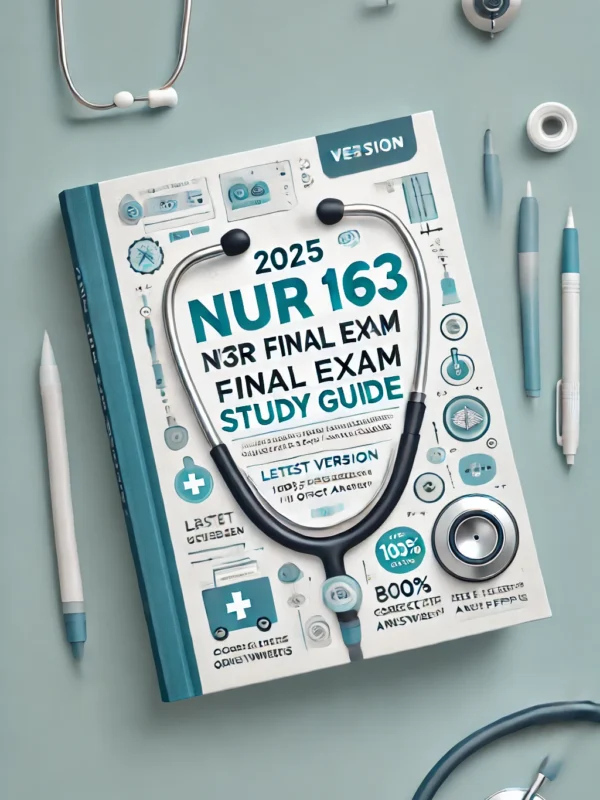-
Comprehensive Review: Covers all key fundamentals topics like patient care and infection control.
-
Practice Questions with Expert Answers: Test your knowledge with updated questions and detailed solutions.
-
Test-Taking Strategies: Learn proven techniques to boost your confidence and score higher.
Updated for 2025, this resource ensures you’re fully prepared to succeed. Start your HESI journey with ExamsHut today!
Preview
Urinary catheterization is prescribed for a postoperative female client who has been unable to
void for 8 hours. The nurse inserts the catheter, but no urine is seen in the tubing. Which action
will the nurse take next?
A. Clamp the catheter and recheck it in 60 minutes.
B. Pull the catheter back 3 inches and redirect upward.
C. Leave the catheter in place and reattempt with another catheter.
D. Notify the health care provider of a possible obstruction. – – correct ans- -Answer: C
It is likely that the first catheter is in the vagina, rather than the bladder. Leaving the first
catheter in place will help locate the meatus when attempting the second catheterization (C).
The client should have at least 240 mL of urine after 8 hours. (A) does not resolve the problem.
(B) will not change the location of the catheter unless it is completely removed, in which case a
new catheter must be used. There is no evidence of a urinary tract obstruction if the catheter
could be easily inserted (D).
The nurse is teaching an obese client, newly diagnosed with arteriosclerosis, about
reducing the risk of a heart attack or stroke. Which health promotion brochure is most
important for the nurse to provide to this client? A. “Monitoring Your Blood Pressure at
Home”
B. “Smoking Cessation as a Lifelong Commitment”
C. “Decreasing Cholesterol Levels Through Diet”
D. “Stress Management for a Healthier You” – – correct ans- -Answer: C
A health promotion brochure about decreasing cholesterol (C) is most important to provide this
client, because the most significant risk factor contributing to development of arteriosclerosis is
excess dietary fat, particularly saturated fat and cholesterol. (A) does not address the underlying
causes of arteriosclerosis. (B and D) are also important factors for reversing arteriosclerosis but
are not as important as lowering cholesterol (C).
Ten minutes after signing an operative permit for a fractured hip, an older client states, “The
aliens will be coming to get me soon!” and falls asleep. Which action should the nurse
implement next?
A. Make the client comfortable and allow the client to sleep.
B. Assess the client’s neurologic status.
C. Notify the surgeon about the comment.
D. Ask the client’s family to co-sign the operative permit. – – correct ans- -Answer: B
This statement may indicate that the client is confused. Informed consent must be provided by a
mentally competent individual, so the nurse should further assess the client’s neurologic status
(B) to be sure that the client understands and can legally provide consent for surgery. (A) does
not provide sufficient follow-up. If the nurse determines that the client is confused, the surgeon
must be notified (C) and permission obtained from the next of kin (D).












Reviews
There are no reviews yet.